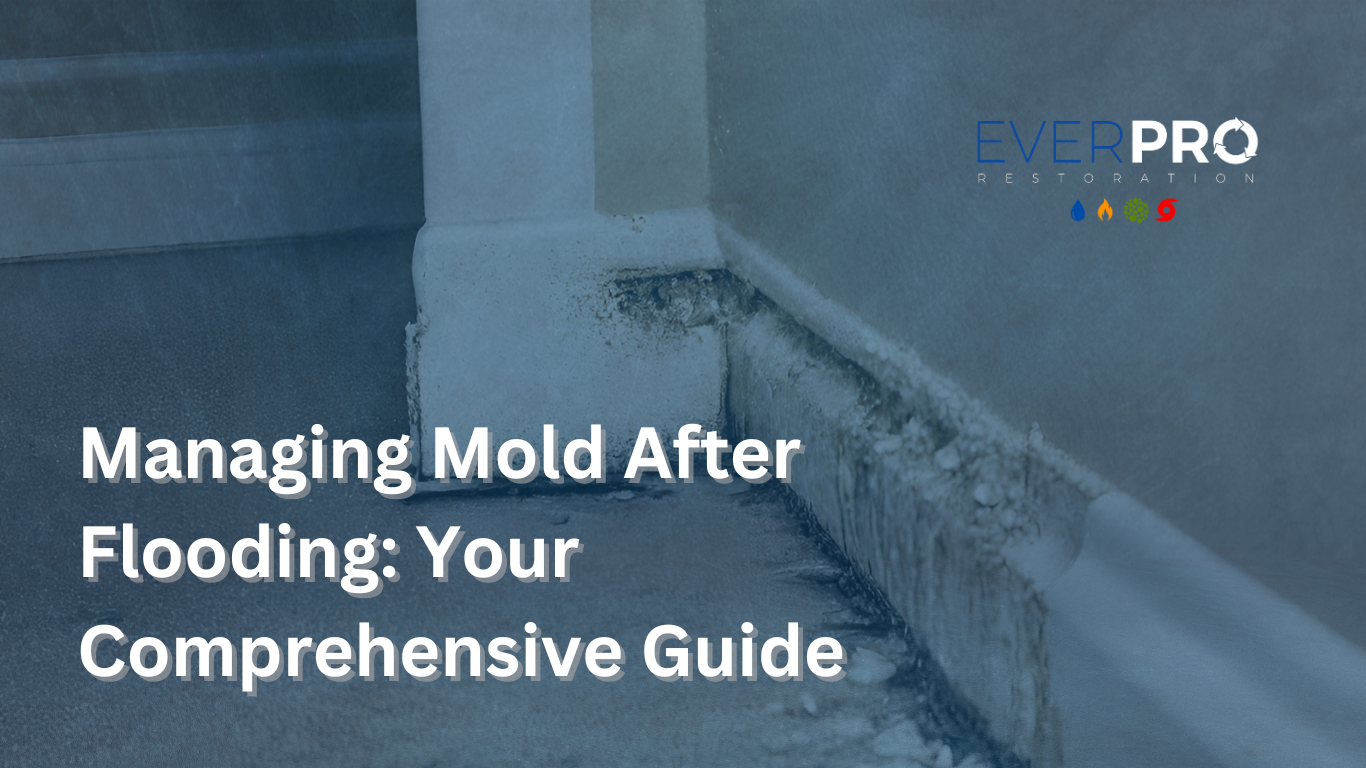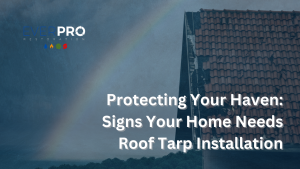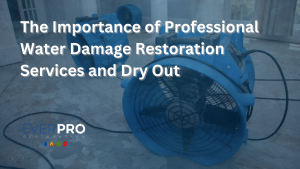Flooding can have severe consequences, and one of the most pressing issues that follows is the potential growth of mold. Swift and effective action is crucial to prevent further damage and protect your home. Here’s a comprehensive guide on how to control mold after flooding.
Act Quickly
Time is of the essence. Begin the cleanup process as soon as it is safe to do so. Mold can start growing within 24 to 48 hours after a flood, so a prompt response is vital.
Safety First
Prioritize your safety by wearing protective gear, including gloves, masks, and eye protection. Ventilate the area well, and ensure that electricity and gas supplies are turned off before entering the flooded space.
Remove Standing Water
Eliminate standing water using pumps and wet-dry vacuums. The faster you remove the water, the less opportunity mold has to take hold.
Thorough Cleaning
Scrub and disinfect all surfaces affected by the floodwaters. Use a mixture of detergent and water to clean, followed by a disinfectant solution. This helps prevent the growth of mold and bacteria.
Proper Drying
Ensure thorough drying of the affected area. Use dehumidifiers and fans to expedite the drying process. Adequate ventilation is crucial in preventing lingering moisture that fosters mold growth.
While these steps can help control mold growth after flooding, it’s essential to seek professional assistance for a thorough and lasting solution. Everpro Restoration specializes in comprehensive mold mitigation and restoration services.
Contact us immediately to safeguard your home against the long-term effects of post-flood mold growth. Your home’s well-being is our priority—act now for a mold-free living environment.




